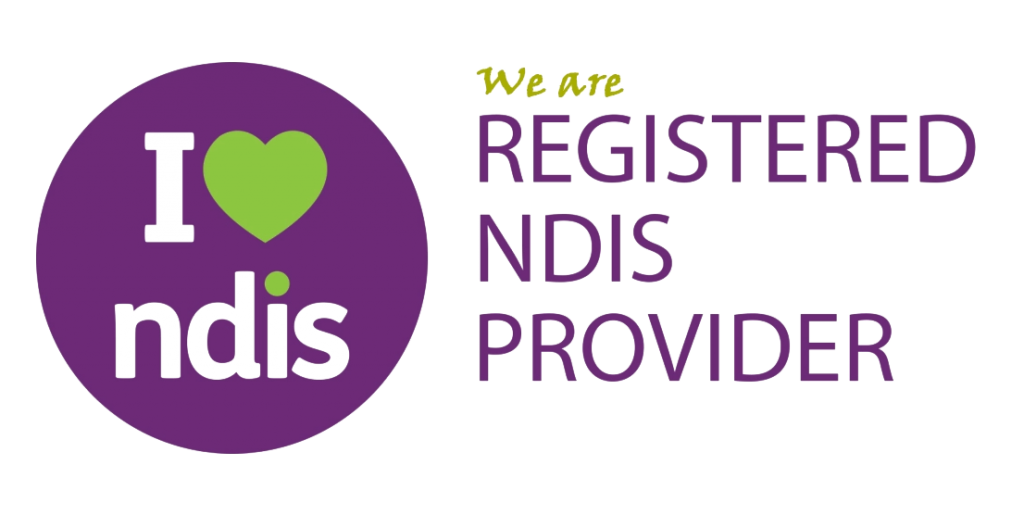Navigating the move into Specialist Disability Accommodation (SDA) is a significant life step — not just for the person with disability, but for their families, carers, and support teams. It’s a journey filled with both excitement and uncertainty, and having the right information and guidance can make all the difference.
Step 1: Understand What SDA Is (and What It Isn’t)
Before anything else, it’s important to understand what SDA covers. SDA refers to the specially designed homes that cater to people with extreme functional impairment or very high support needs, funded under the NDIS.
SDA funding is not for general disability support — it covers the bricks and mortar: the physical home itself. This funding enables access to housing that offers the right design, location, and accessibility to suit the person’s individual needs.
There are four SDA design categories:
-
Improved Liveability
-
Fully Accessible
-
Robust
-
High Physical Support
Each category caters to different levels and types of support needs. You can read more about the differences in our blog: Fully Accessible vs. High Physical Support: Which SDA is Right for You?
Step 2: Confirm Eligibility for SDA Funding
Not everyone who has an NDIS plan will receive SDA funding. The participant must have extreme functional impairment or very high support needs, and their housing requirements must be deemed ‘reasonable and necessary’ under the NDIS guidelines.
As a support coordinator or family member, your role may include:
-
Helping the participant gather evidence from occupational therapists, allied health professionals, and specialists.
-
Developing a clear housing goal in the participant’s NDIS plan (e.g. “I want to live more independently in my own home.”)
-
Supporting the application process for SDA eligibility, which may include reports and a Housing Solutions Report.
Step 3: Get the Right Assessments and Documentation
The quality and clarity of your supporting documentation can significantly impact the outcome of an SDA funding request.
What you’ll likely need:
-
Functional capacity assessments from an occupational therapist
-
Housing Solutions Report, outlining the participant’s housing needs, risks, and preferences
-
Support letters from healthcare professionals, carers, and support providers
-
Behavioural assessments, if applying for Robust or High Physical Support SDA
These documents help the NDIS determine whether SDA is necessary — and which category and features are most appropriate.
Step 4: Receive SDA Funding in the NDIS Plan
Once SDA funding is approved, it will appear in the participant’s NDIS plan under “Capital Supports”. The plan will detail the design category, dwelling type (e.g. apartment, villa, group home), and the number of residents.
You can now begin the search for a suitable SDA provider or property that matches the participant’s preferences and approved category.
This is where our team at The Independent Living Company can really support your journey — helping you match with the right home, or even tailoring a new one to suit your specific requirements.
Step 5: Explore Housing Options
With funding confirmed, it’s time to look at real housing options. Consider the following:
-
Location: Close to family, community, healthcare, or services
-
Design features: Does it meet accessibility needs now and in the future?
-
Support arrangements: Is on-site support needed? Will a provider supply it or will you bring your own?
-
Living arrangements: Does the participant want to live alone, with a friend, or in a shared setting?
Step 6: Plan the Transition
Moving into SDA is more than just a change of address — it’s a life transition. It can involve leaving family homes, residential facilities, or temporary accommodation, so thoughtful planning is key.
To support a smooth move:
-
Involve the participant in every decision, big or small
-
Visit the new home ahead of time, if possible, to build familiarity
-
Plan the support team around the move — both before and after
-
Prepare a transition plan, including timelines, moving tasks, and emotional support
Step 7: Move In and Settle
Moving day is a major milestone. Make it as comfortable and empowering as possible by focusing on the person’s preferences — bringing familiar items, setting up their space just the way they like it, and ensuring their chosen supports are in place.
Once settled:
-
Ensure all support workers are trained in any equipment or routines
-
Test accessibility features (automation, hoists, etc.)
-
Check that support arrangements are working smoothly
-
Allow time to adjust — it’s okay if it takes days or weeks to feel at home
Transitioning into SDA housing is a journey of planning, advocacy, and hope. Whether you’re a family member helping a loved one take the next step, or a support coordinator guiding someone through the system, your role is incredibly valuable — and you don’t have to navigate it alone.
At The Independent Living Company, we’re here to walk the path with you. From understanding eligibility to finding or customising the perfect home, we’re your partners in building a better, more independent future.




